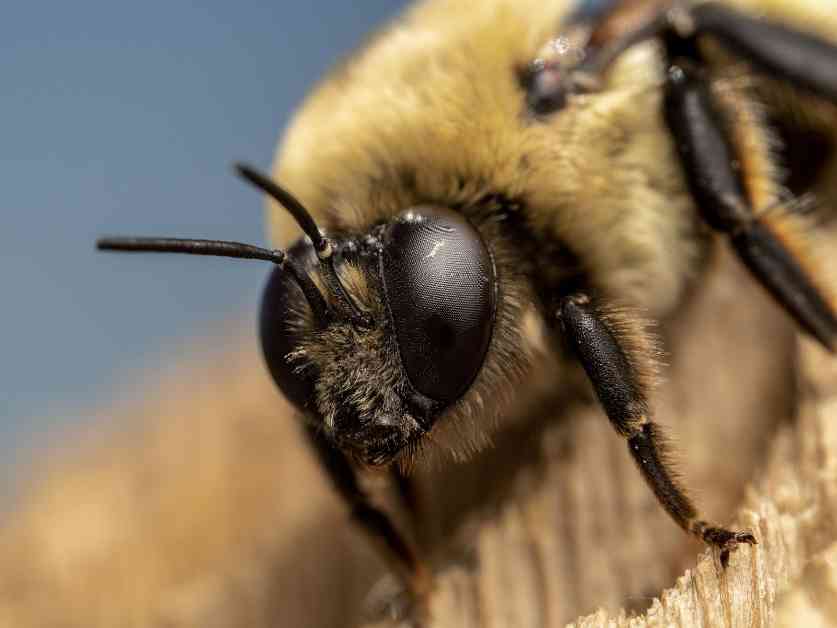Bumblebees play a crucial role in pollinating a variety of plants, thanks to their large, round bodies covered in black-and-yellow fuzz. Unlike honeybees, bumblebees are better suited to colder temperatures, making them essential pollinators in regions like the Sierra Nevada, the Cascades, and the Rocky Mountains. They excel at pollinating flowers that require buzz pollination, such as blueberries, bell peppers, and tomatoes. However, despite their importance, many bumblebee species are at risk of extinction, with the Morrison bumblebee facing a significant decline in population.
Various factors contribute to the decline of bumblebee populations, including pesticide use, climate change, habitat loss, and competition from managed European honeybees. To address this issue, conservationists are advocating for federal protections for the Morrison bumblebee under the U.S. Endangered Species Act. This designation would provide the bee with critical support, including government funding, research attention, and a recovery plan for conservation efforts.
In addition to seeking federal protections, organizations like the Xerces Society are actively involved in projects to monitor and support bumblebee populations. The Bumble Bee Atlas project, which engages citizen scientists in collecting data on local bumblebees, is expanding to include more states. By participating in initiatives like the Bumble Bee Atlas or planting native flowers in their gardens, residents can help support the survival of these essential pollinators.
Overall, the plight of bumblebees highlights the complex challenges facing native pollinators in the United States. By raising awareness, conducting research, and taking action to protect these vital species, conservationists and community members can work together to ensure a future where bumblebees continue to thrive and contribute to our ecosystems.






